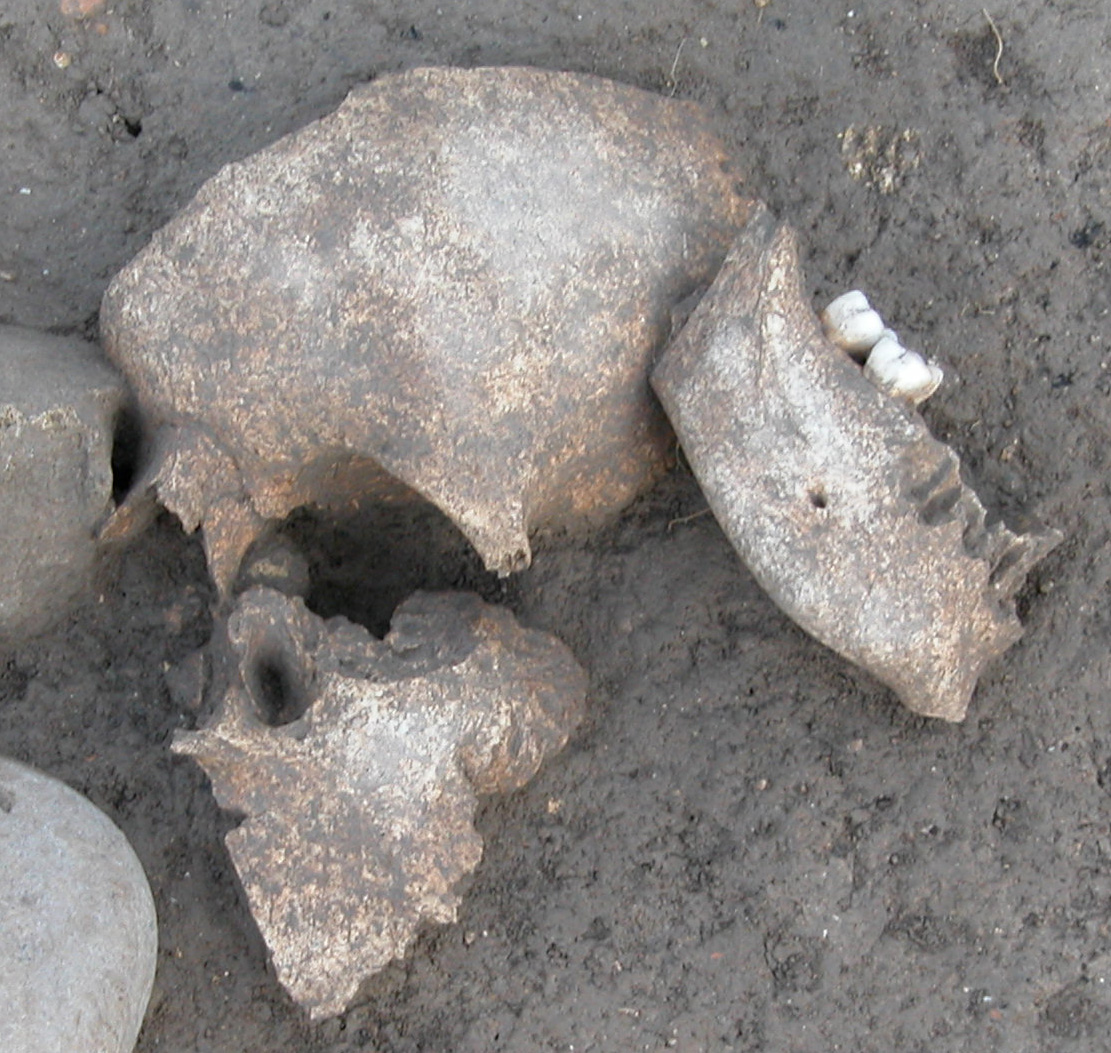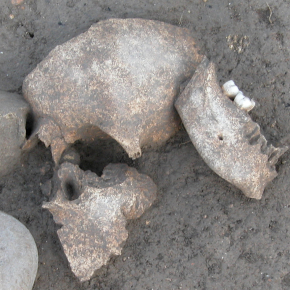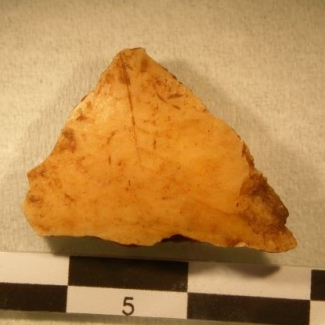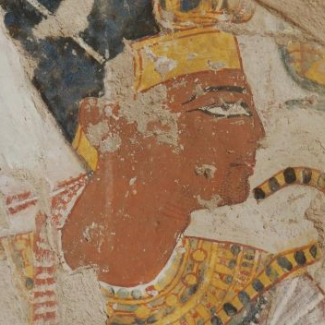
The Gauls embalmed the heads of their defeated enemies
Ancient texts describe how one of the most awe-inspiring ritual practices of the Celts during the Iron Age (800 BCE – late first century BCE) was to remove the heads of enemies killed in battle and embalm them, in order to display them before victors’ homes. An archeological excavation in Le Cailar, in Southern France, has revealed a considerable number of examples of this practice. Researchers from the laboratory Archéologie des sociétés méditerranéennes (CNRS/Université Paul-Valéry Montpellier 3/Ministère de la Culture) and l’Institut méditerranéen de biodiversité et d'écologie marine et continentale (CNRS/Université d’Avignon/Aix-Marseille Université/IRD) conducted chemical analyses on fragments of human and animal remains, in order to verify whether they had undergone any particular treatment. The results revealed that a portion of the analyzed samples contain biomarkers of conifer resin, along with molecules of aromatic compounds that are obtained only when the resin of trees from the pine family is heated to a high temperature. It is therefore a voluntary treatment, and corresponds to the one described in ancient literary sources. This is the first time that chemical analysis has proven that the Gauls engaged in the practice of embalming certain heads during the Iron Age. The study will be published on November 7, 2018 in the Journal of Archaeological Science.

© Fouille Programmée Le Cailar-UMR5140-ASM

© Fouille Programmée Le Cailar-UMR5140-ASM
Embalmed heads of the Celtic Iron Age in the south of France. Salma Ghezal ,Elsa Ciesielski, Benjamin Girard, Aurélien Creuzieux, Peter Gosnell, Carole Mathe, Cathy Vieillescazes, Réjane Roure. Journal of Archaeological Science, 2018. https://doi.org/10.1016/j.jas.2018.09.011


